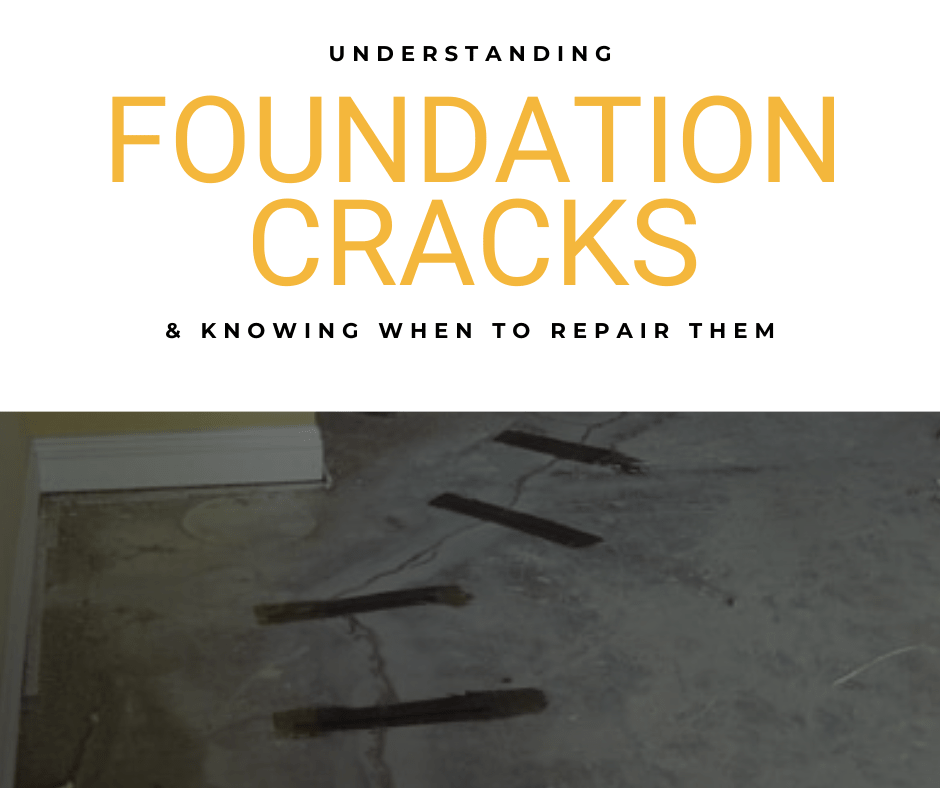Common Concrete Cracks
Just about every home, whether it’s new or old, may have some type of cracks in the concrete. Not every crack is a sign of foundation or structural damage, but they shouldn’t be ignored, either.
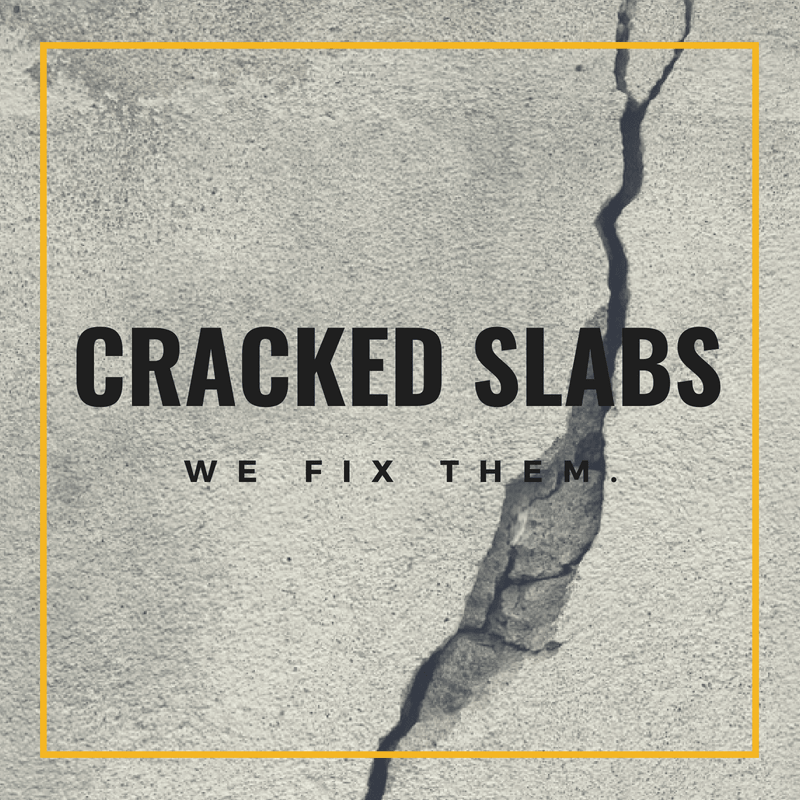 Cracks can be as thin as a hair or big enough to see light through it. The width, direction, and the number of cracks all are ways that a professional can determine if a crack is cosmetic or structural. Repair methods depend on the cause and impact of the crack.
Cracks can be as thin as a hair or big enough to see light through it. The width, direction, and the number of cracks all are ways that a professional can determine if a crack is cosmetic or structural. Repair methods depend on the cause and impact of the crack.
This is backed by the American Concrete Institute manual.
“Even with the best floor designs and proper construction, it is unrealistic to expect crack-free and curl-free floors. Consequently, every owner should be advised by both the designer and contractor that it is normal to expect some amount of cracking and curling on every project, and that such occurrences do not necessarily reflect adversely on either the adequacy of the floor’s design or the quality of its construction” -ACI 302. 1-40
Common Cracks
Expansion Cracks
If you have been out driving around during a heatwave, you may have seen roads buckled. The heat causes the concrete surface to expand and it has to go somewhere. If the concrete can’t flex, the concrete will crack.
Most concrete surfaces have expansion cracks installed when they’re poured. The expansion joints are usually filled with softer material, such as wood, rubber, or asphalt and can absorb the compression from the concrete. By giving the concrete room to move, it allows the slab to expand without cracking elsewhere.
One problem with expansion cracks is that the “filling” can be removed by traffic, weather, and other factors. If the material is missing, water can flow under the slab, eroding the foundation. Also, without the absorbing material, the concrete surface may bump up against another unforgiving material, causing cracks.
Cracks Caused by Heaving
We discussed what happens when concrete is heated, but did you know that slabs can crack from freezing, also?
When the ground freezes, it can lift several inches. If that doesn’t cause the slab to crack, then the repeated pattern of freezing and thawing will. Just like when you flex a piece of metal repeatedly, the slab will eventually weaken and crack.
Additionally, if the concrete surface is immovable, the force of the soil heaving below it can stress the slab enough to cause it to crack.
You may also have seen this occur when a tree’s roots grow too close to the concrete. The roots can lift the concrete, cracking it and moving it out of place.
Overloaded Slabs
The reason we use concrete is that it is incredibly hard and strong. However, there is a limit to what a slab can take before it cracks. Most concrete contractors will tell you that the mix has a strength of 2000, 4000, or more PSI. This means it can withstand that many pounds per square inch. Anything heavier than that will pulverize the concrete.
The amount of weight that can crush concrete isn’t usually seen in a residential situation. More often, the problem is that the soil beneath the slab cannot take the excess weight of a vehicle or other object. The soil will compress, compromising the base beneath the concrete slab.
If the soil isn’t properly compressed during construction or if the soil becomes saturated due to rain or other causes, the dirt may be too soft for the weight of the slab and whatever is on top of it. The soil may not compress evenly, causing the concrete to crack.
Some things we have seen that caused problems were construction equipment, delivery vehicles, RVs, Dumpsters, and other large items.
Plastic Shrinkage
Before concrete hardens, it has large water content. This is called a plastic state. The water leaves the slab as it hardens, leaving voids between the solid particles. The voids can cause the concrete to weaken and crack, which can be a common occurrence.
Plastic shrinkage can cause cracks anywhere on a concrete surface but are most commonly seen in reentrant corners or around circular objects like pipes or conduit. Concrete can’t shrink around bends or corners, so the surface cracks instead.
Premature Drying
Crazing and crusting cracks are the two most common types of cracks associated with premature drying. If a newly poured concrete surface dries too quickly, you may see these cracks.
Crazing is usually cosmetic in nature. The cracks are very fine and look like a spider web. The surface of the concrete can lose moisture too quickly, causing the crazing cracks.
Crusting occurs during the stamping process. The stamping process adds texture or patterns to the concrete while it’s still wet. The top of the surface may dry quicker than the rest of the concrete, causing the top layer to become crusty. These cracks, like crazing, are not structural problems but can be unsightly.
Cracks Caused by Settling
If the ground below a concrete surface settles quickly or unevenly, it can cause the slab to crack.
Voids beneath the surface can allow the slab to sink, putting a lot of pressure on the concrete. The voids can be filled through mudjacking or polyjacking, giving the slab a strong base and lifting it to the desired height.
Experts Know Cracks
The average person will have trouble determining what a crack means or what caused it. There are a lot of variables that go into pouring and maintaining concrete slabs.
If you have any questions, please feel free to contact the professionals at FOUNDATIONS ON THE LEVEL for a free inspection and quote for any concrete cracks you may have.
Service Area
At Foundations on the Level we are proud to provide foundation repair and more services to San Diego and Orange counties in California. This includes the following cities and more:
San Diego County: Bonita, Carlsbad, Chula Vista, El Cajon, Encinitas, Escondido, Fallbrook, Lakeside, Lemon Grove, Oceanside, Rancho Santa Fe, San Diego, Santee, San Marcos, Spring Valley, Vista
Orange County: Aliso Viejo, Anaheim, Arcadia, Costa Mesa, Dana Point, Garden Grove, Huntington Beach, Irvine, Laguna Beach, Laguna Niguel, Mission Viejo, Newport Beach, Orange, San Clemente, San Juan Capistrano, Santa Ana, Tustin, Yucaipa
Similar Blog
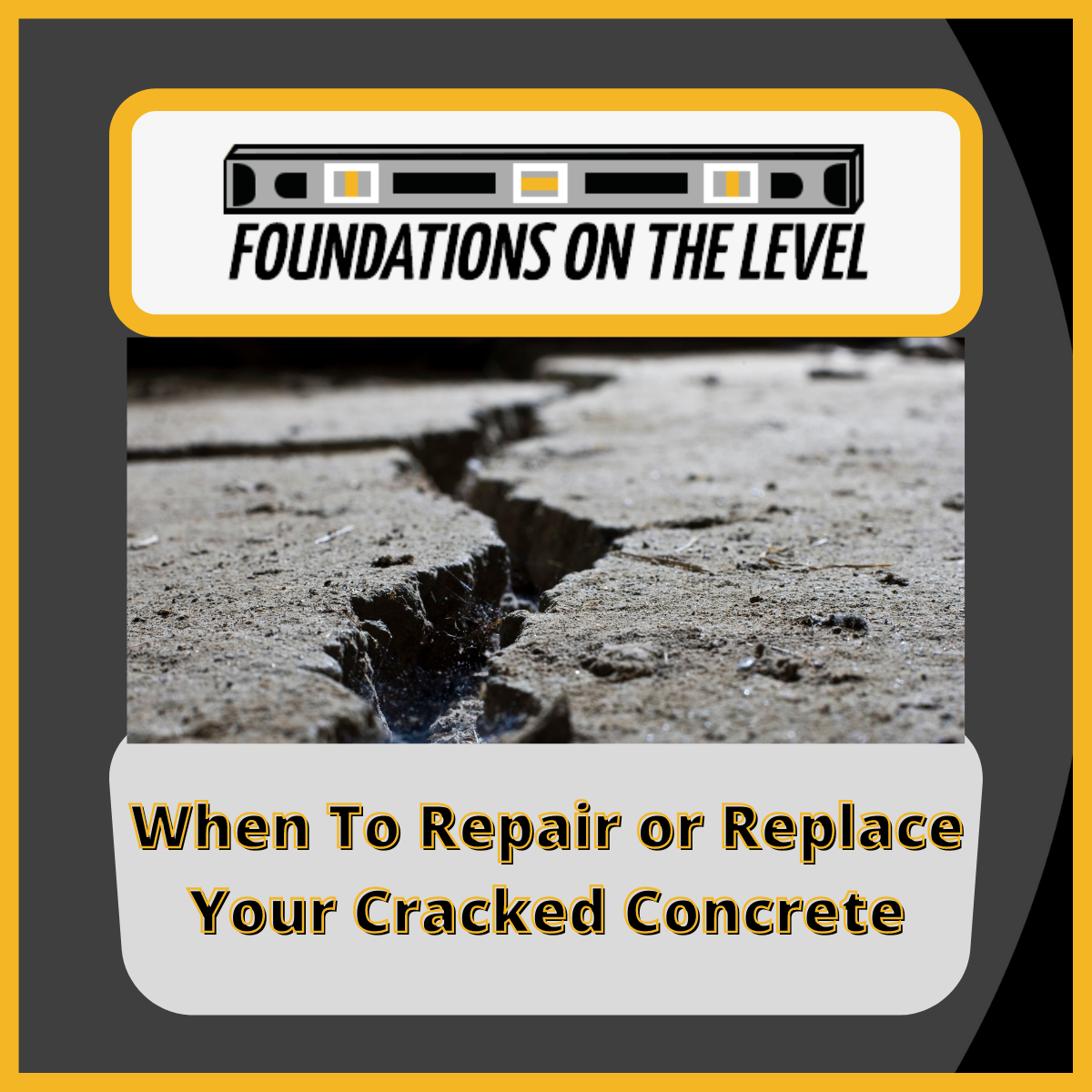
When To Repair or Replace Your Cracked Concrete
May 19, 2022
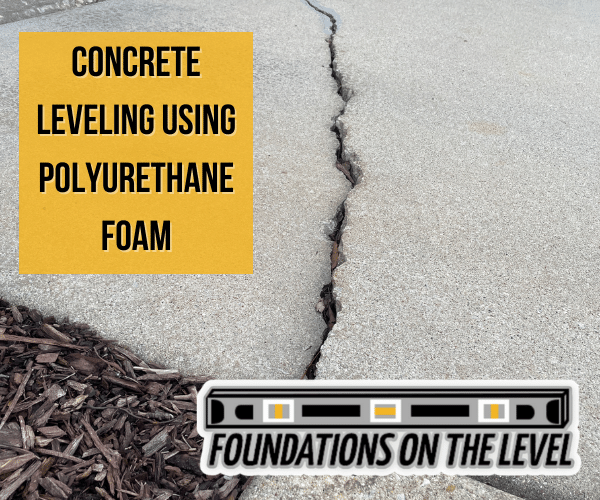
Concrete Leveling Using Polyurethane Foam
March 19, 2021
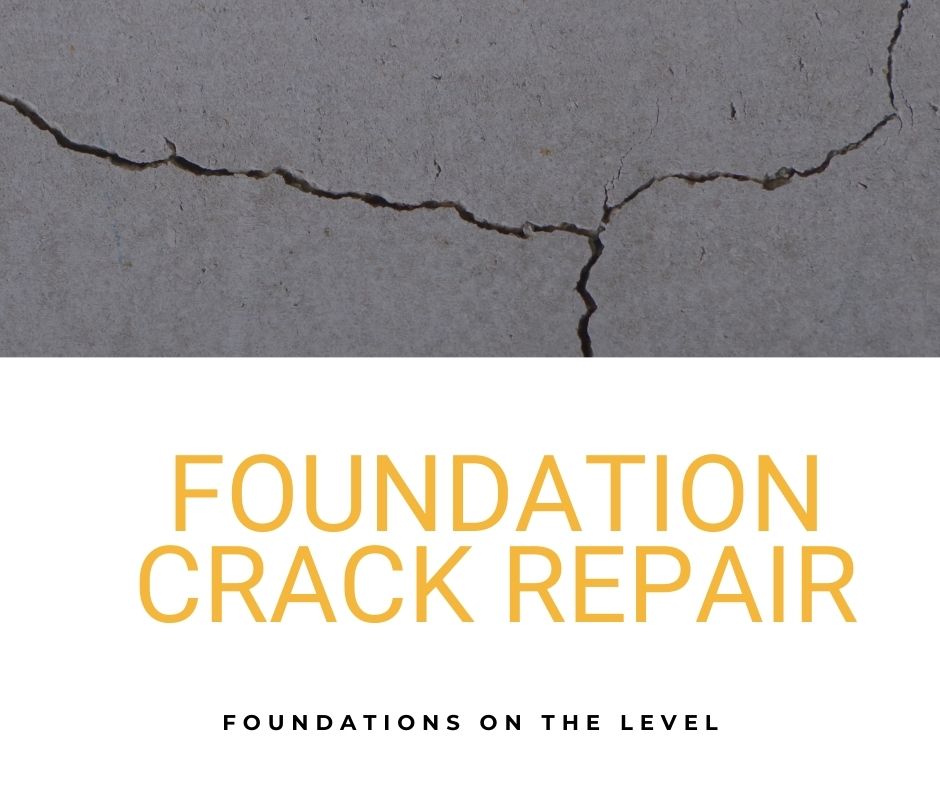
Foundation Crack Repairs
December 8, 2020
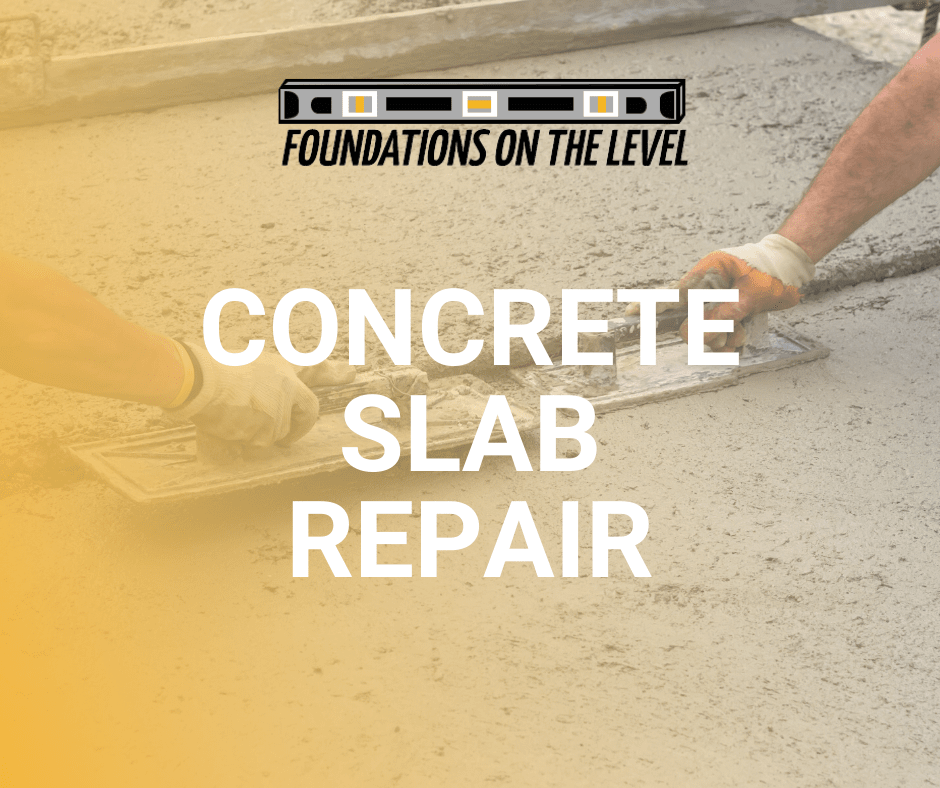
Concrete Slab Repair
May 13, 2020

Common Concrete Cracks
November 4, 2019
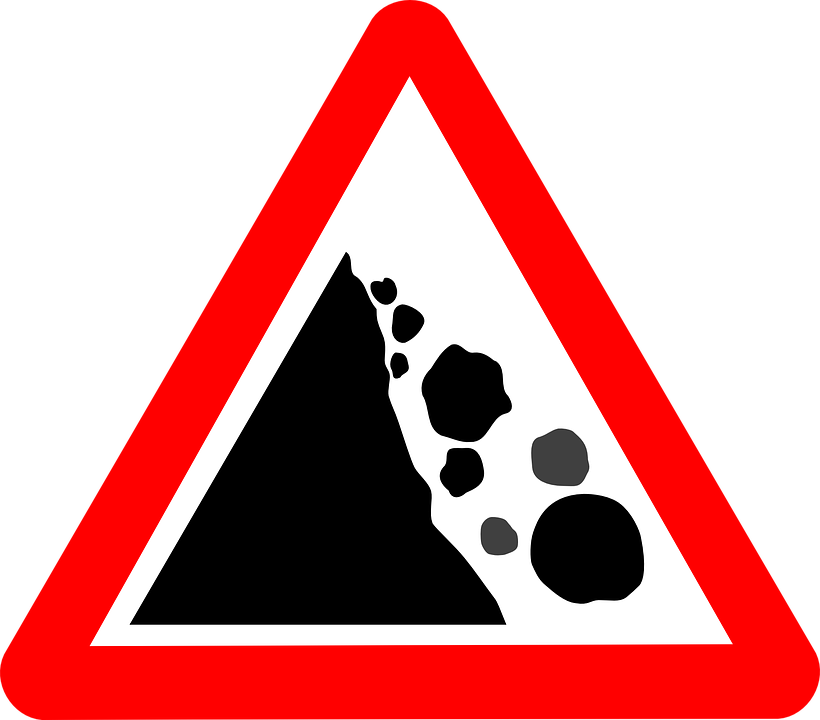
Landslides and Foundation Problems
March 20, 2019

Do Not Sit On Foundation Repairs
January 28, 2019
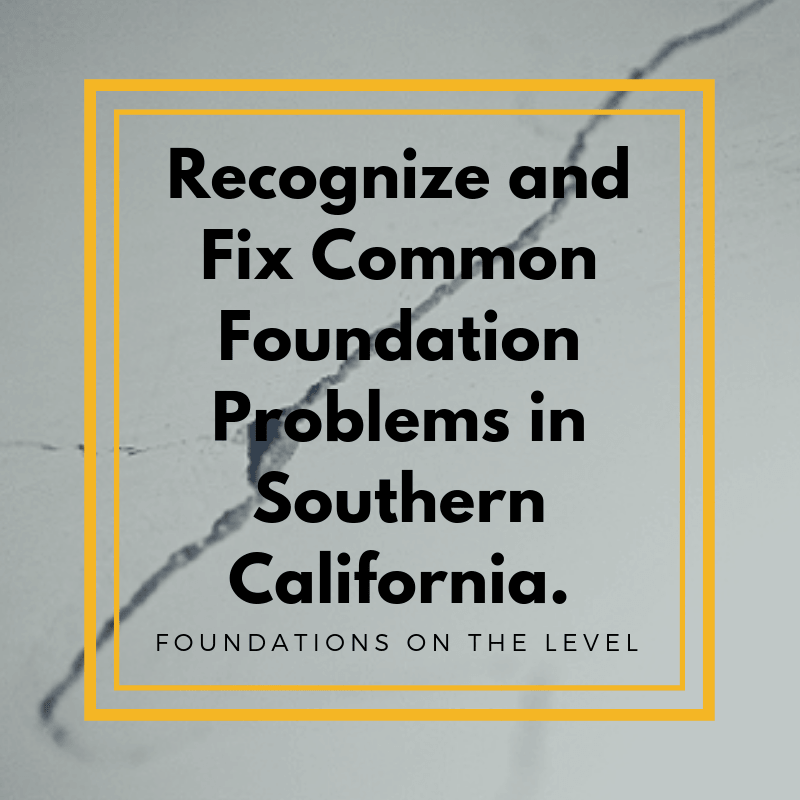
Most Common Foundation Issues in Southern California
October 23, 2018
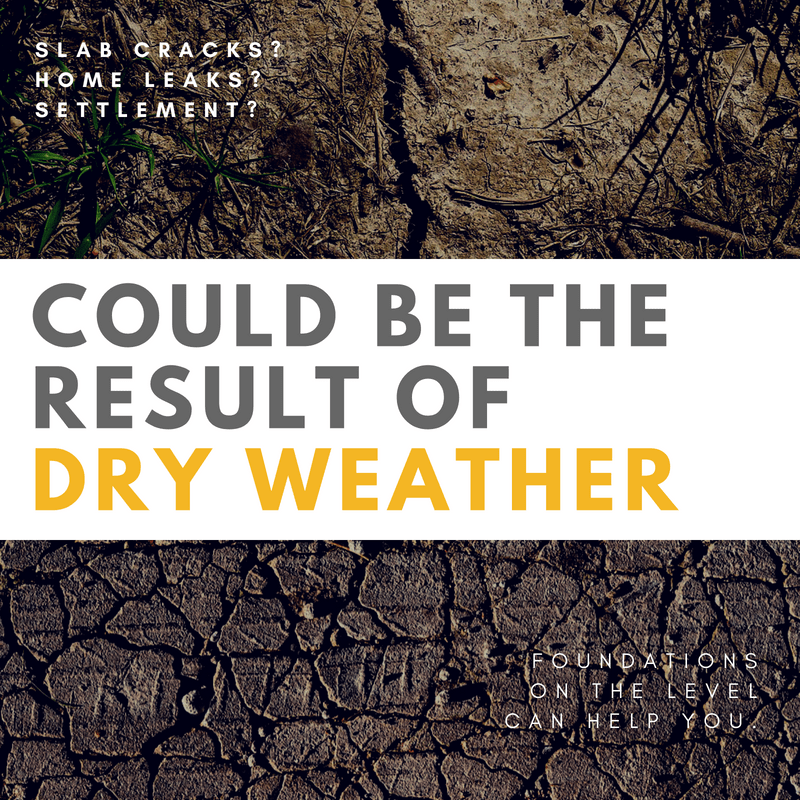
How Hot, Dry Weather Affects Your Foundation
July 24, 2018
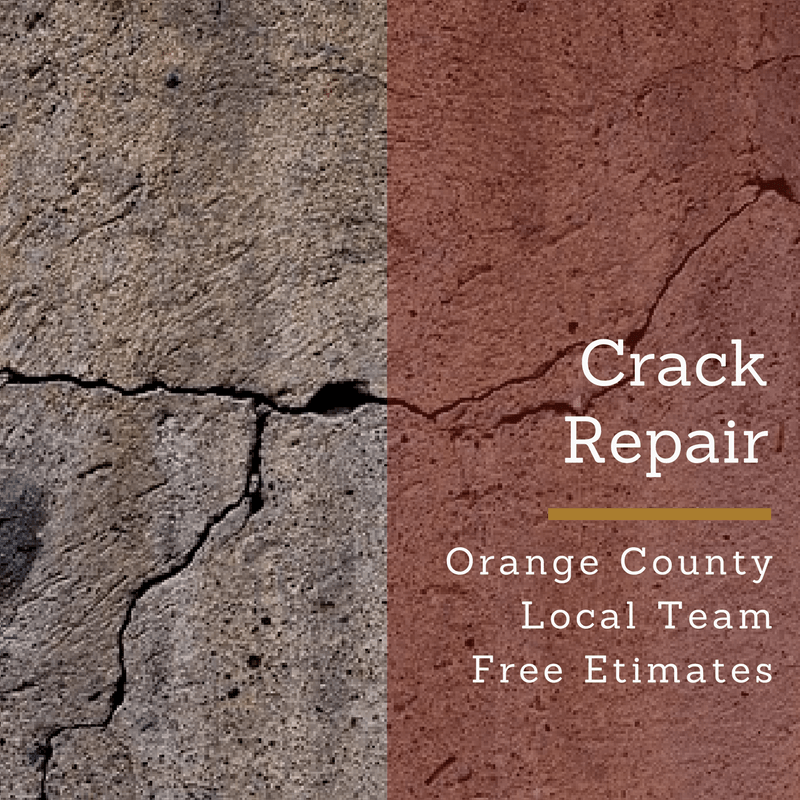
Crack Repair in Orange County
April 9, 2018

Cracked Slab Solutions in Southern California
September 28, 2017
